Here’s something from an ad I saw on the Taipei subway (MRT). It features cartoons of George W. Bush and Barack Obama shilling for some vitamin drink.
Bush (though he looks a bit more to me like the love child of W and maybe Prince Charles) is saying:
不C 不C
喝果汁不能只有維他命C
Bù C, bù C.
Hē guǒzhī bùnéng zhǐyǒu wéitāmìng C.
A rough English translation, filling in a few gaps:
Not just vitamin C, not just vitamin C.
When you drink fruit juice, you should not settle for just vitamin C.
Note: The C is italicized in the Pinyin version to emphasize that this is pronounced like a foreign (i.e., English) letter C rather than how C is pronounced in the Pinyin alphabet. The reason for this is that “bù C” is a pun on “Bush”, whose name in Taiwan is generally pronounced in Mandarin as Bùxī, unlike in China, where it is usually pronounced Bùshí.
Obama’s lines are more interesting:
歐八馬歐八馬 (台語)
買果汁不要黑白買
Read in Mandarin this is:
Ōubāmǎ [Obama], Ōubāmǎ (Táiyǔ).
Mǎi guǒzhī bù yào hēibái mǎi.
And roughly in English this is
Obama, Obama (Taiwanese)
When you buy fruit juice, don’t buy just whatever
But the text tells people to read 歐八馬 (Ōubāmǎ/Obama) as Taiwanese (Táiyǔ), which means that it’s pronounced Au3-peh4-be2, which is a pun with what is written, in red for emphasis, 黑白買.
黑白買 in Mandarin is hēibái mǎi, which means to buy things indiscriminantly. In Hoklo (Taiwanese), however, this expression is O.1-peh4-boe2, thus a pun on Au3-peh4-be2 (Obama).
Also, hēibái by itself is simply “black [and] white” (as in Obama and Bush).
And Obama’s name, like Bush’s, has different Mandarin forms in Taiwan and China. But that doesn’t have much to do with the ad.
As always, I welcome those who (unlike me) know Taiwanese romanization well to correct anything that needs fixing.


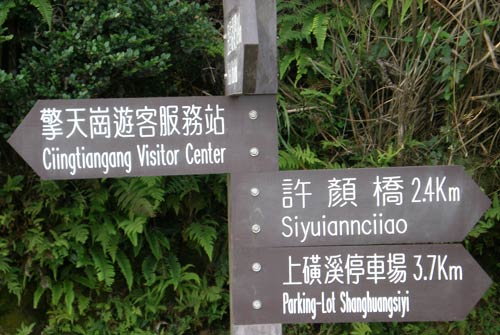
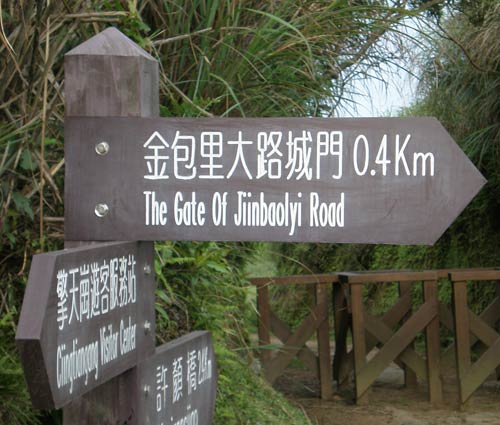
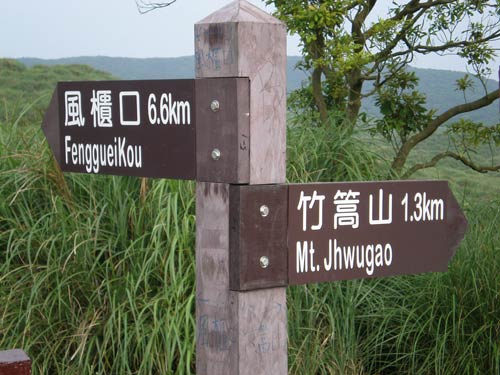
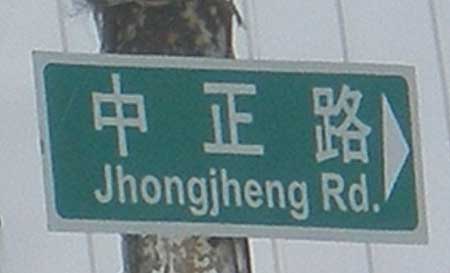
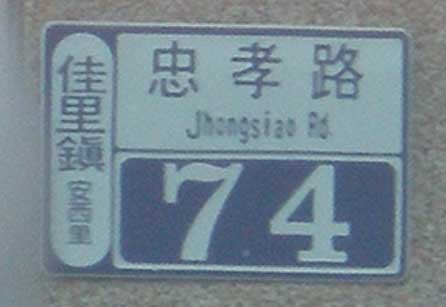
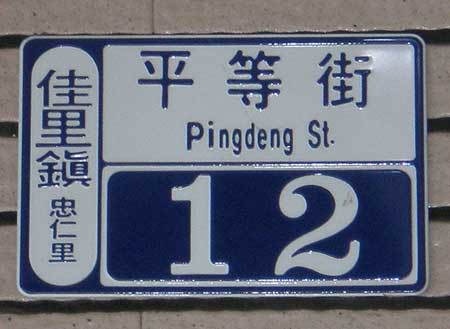
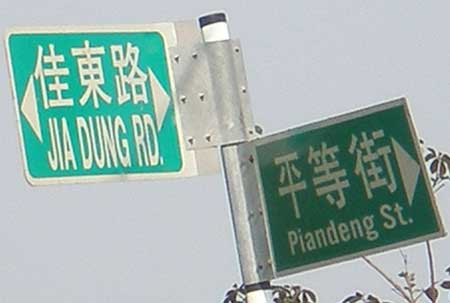
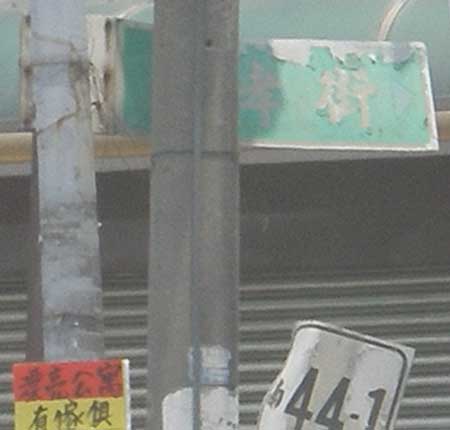
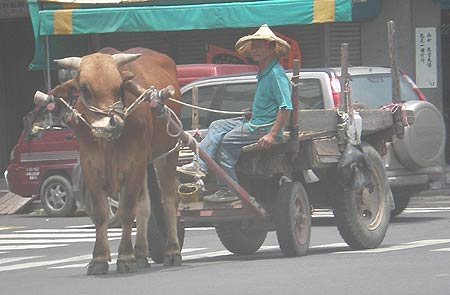
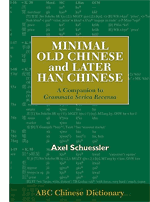 The latest release in the University of Hawai`i Press’s groundbreaking ABC Chinese Dictionary Series is
The latest release in the University of Hawai`i Press’s groundbreaking ABC Chinese Dictionary Series is 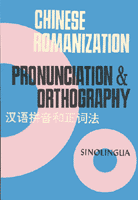 Today’s selection from Yin Binyong’s Chinese Romanization: Pronunciation and Orthography is
Today’s selection from Yin Binyong’s Chinese Romanization: Pronunciation and Orthography is